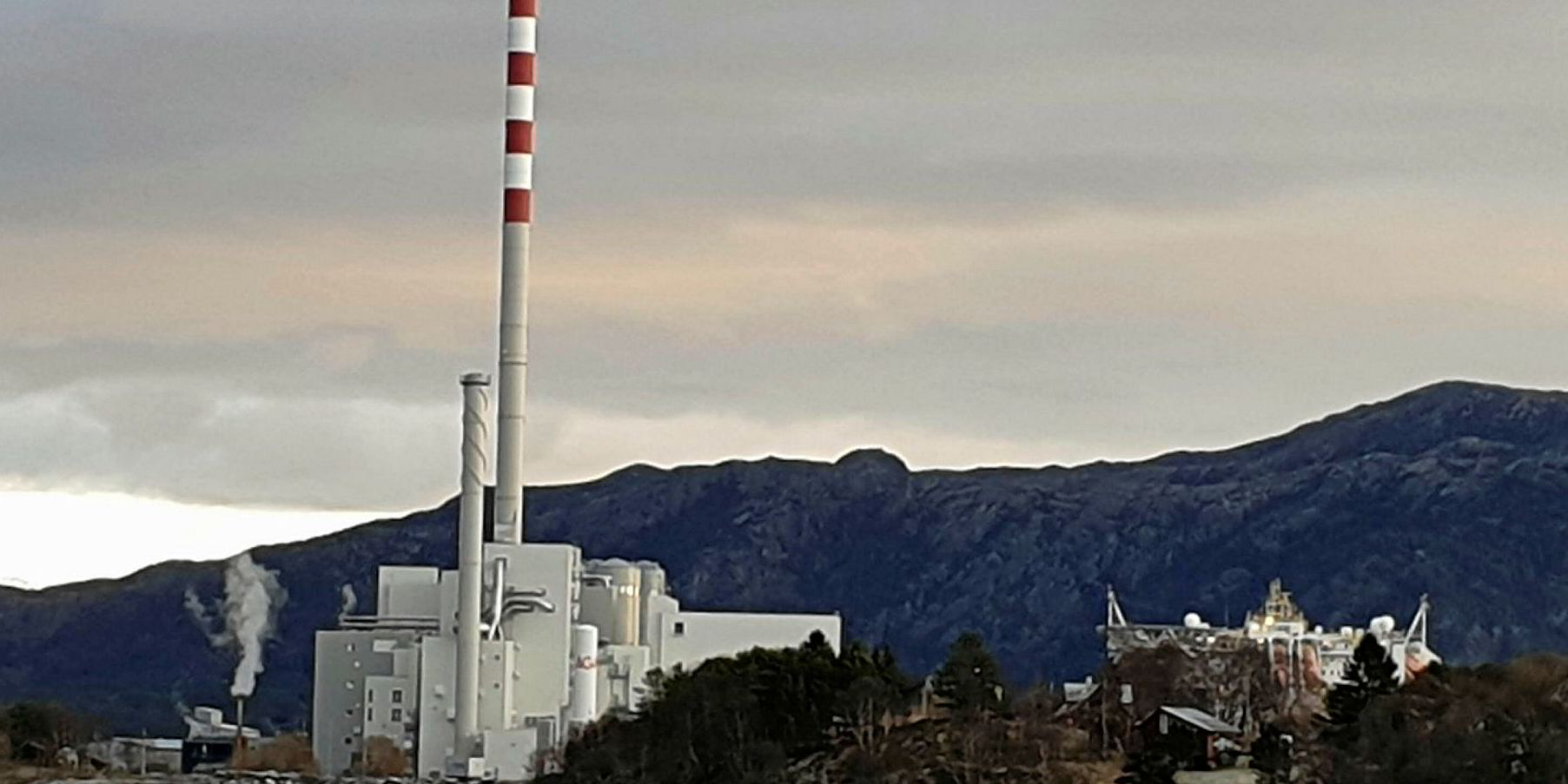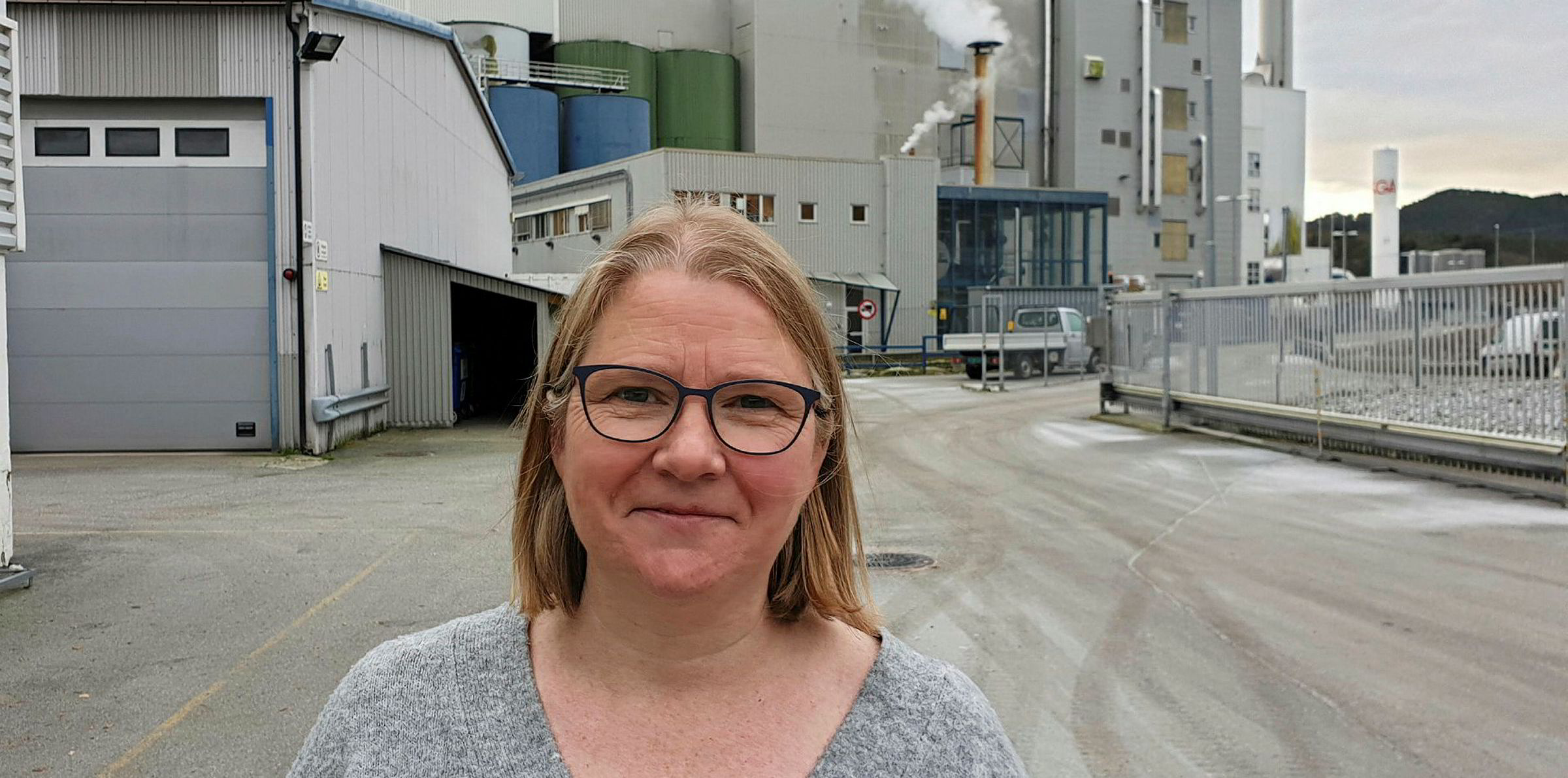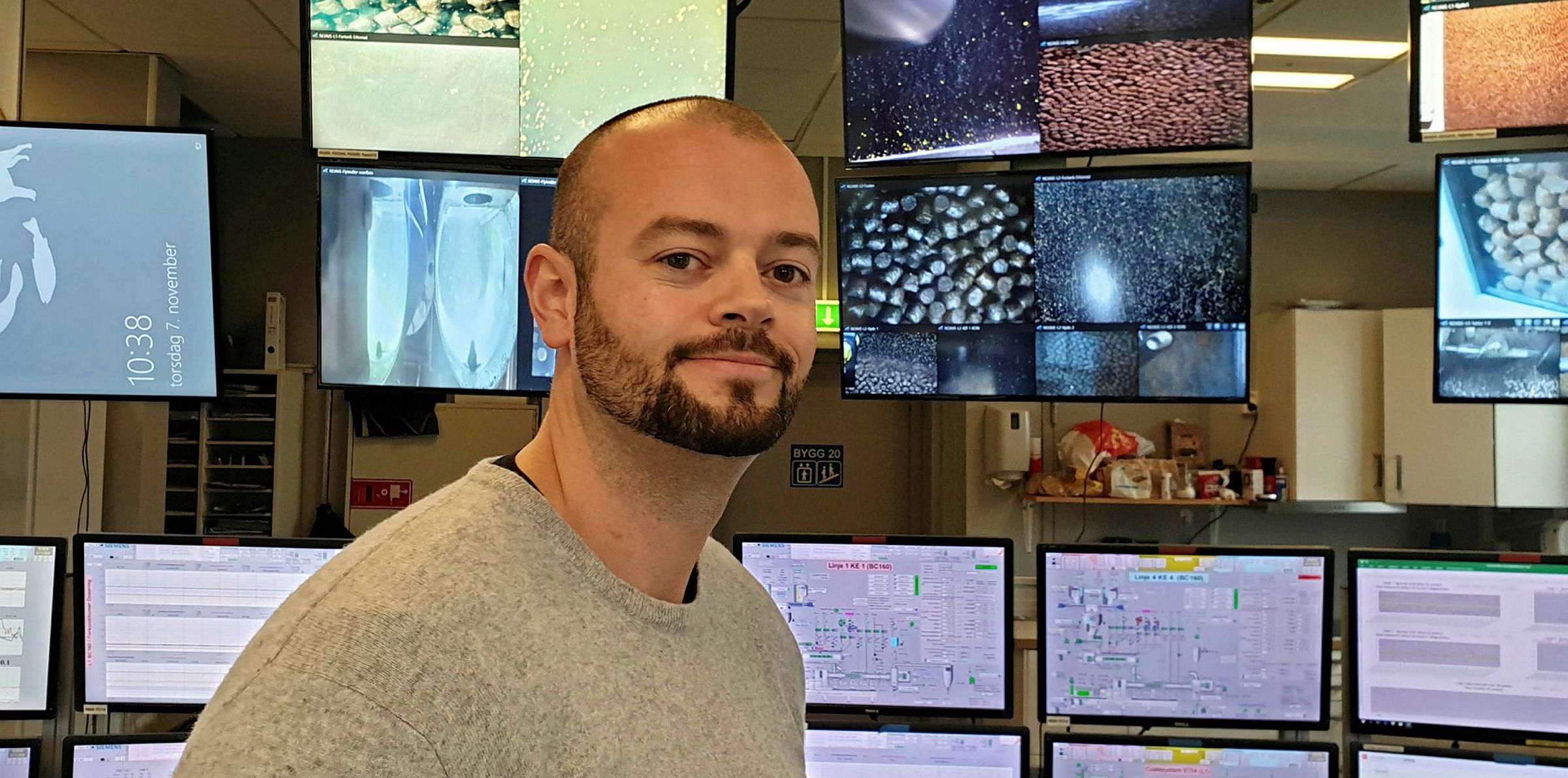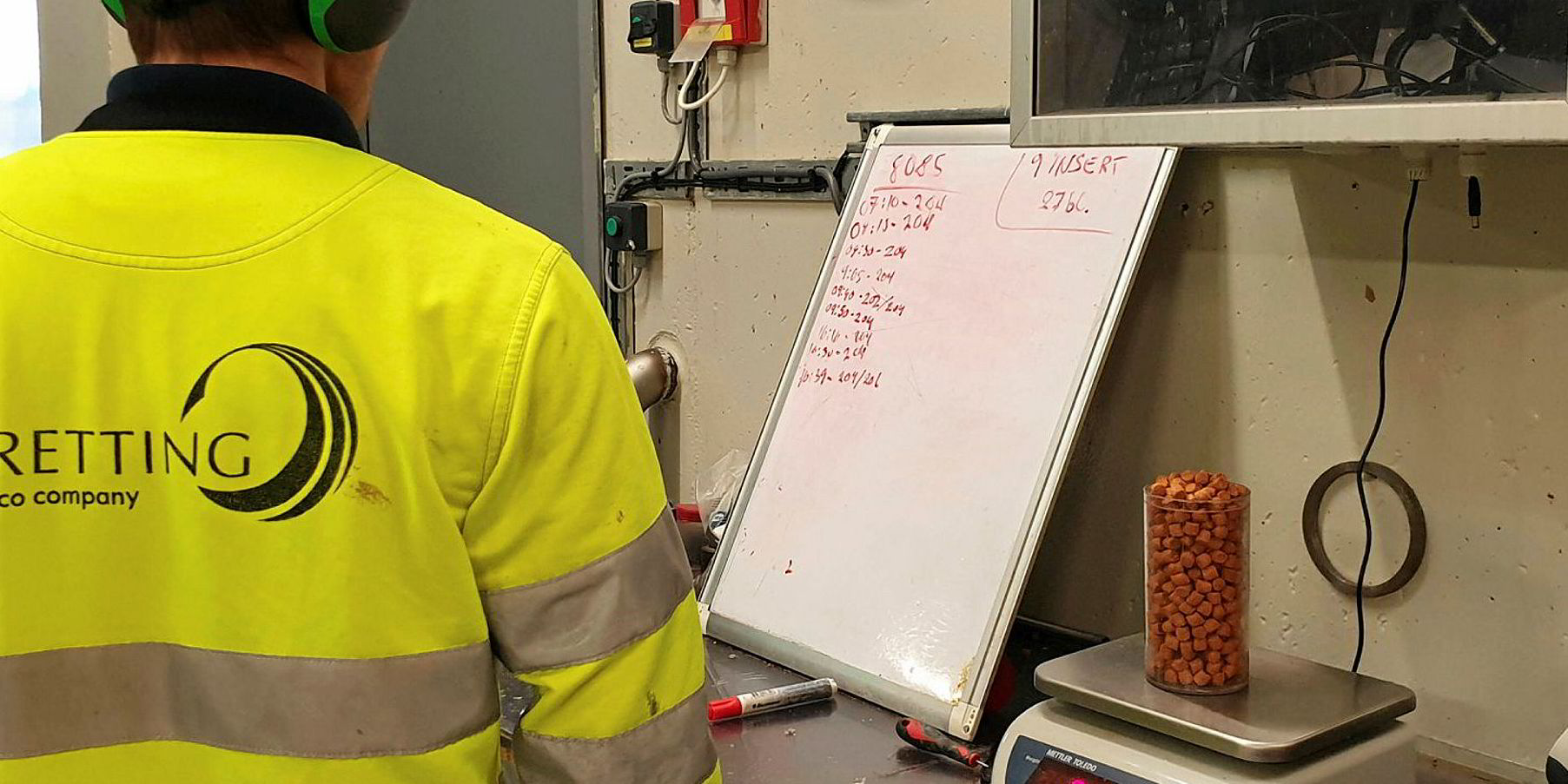The managers of Skretting's leading factories in Norway say the company is pioneering the salmon feed industry, using novel ingredients such as algal oil and insect flour.
"At the factory we have several who have worked ever since it opened in 1983, and also a good number who are second-generation Skretting employees," Skretting's 32-year-old factory manager Aslak Bjorshol told IntraFish.
He has worked at the factory for nine years, the last two as factory manager. He is also responsible for the factory in Stavanger.
Over the past year, the facility has undertaken minor rebuilds in order to store and use the new raw materials. Specifically, this has meant the installation of tanks and construction of tanks and other relevant equipment for algae oil.
"It is still the traditional ingredients such as soybeans, fishmeal, wheat, sunflower and various oils that we use most but, as always, we look for new possibilities and produce with a large number of different recipes," he says. "Sustainable feeding ingredients are something we work on continuously."
Bjorshol says Skretting has recently started insect meal production at the factory.

A massive production line
The factory at Averoy was built in 1983. Today it has four production lines, while the other two Skretting factories in Norway (Stavanger and Stokmarknes) have two lines each.
Hilde Roald is production director at Skretting, and is responsible for logistics and other functions for the three factories.
"Here at Averoy, we produce feed mainly for salmon and trout, but also for cleaner fish [fish that eat sea lice] and some for other marine species such as halibut," says Roald.
The factories supply a number of salmon farmers along Norway's coast.
"We deliver a lot in the immediate area, from Trondelag and to the south, but goods ship from here to both the factory in Stokmarknes and Stavanger, and they deliver along the entire route," she says.

A worker crunch in the Norwegian feed market
The factory at Averoy has a total of 90 employees - most of them work in production, but some also work in sales and administration.
"We have orders for the entire country here, in addition to some common functions for operations," Roald says.
Roald will not talk about how much volume Skretting has produced this year.
"But I can say as much as we have not had any layoffs, and that during the high season [when the factories operate 25/7] we hired seasonal workers," she says.
Second generation Skretting
Factory manager Aslak Bjorshol was raised in Averoy, and is a second-generation Skretting employee. But he has also worked outside the company for a few years.
"I have a background from the army, but have worked in Skretting for nine years now. I started as a truck driver at the bottling plant, then became a process operator before becoming a production manager. For the past two years I have been the factory manager, both here and for the factory in Stavanger," he says.
Bjorsholan holds an engineering degree in processing industry and chemistry.
Today, the 32-year-old is responsible for over 100 people. Does it stress him out?
"I'm fine - I have good people to support me," he says. "A total of nine people report directly to me."

Orders for three factories
Skretting's Norwegian order office is located in the factory's office wing.
"From here we organize orders for the whole of Norway, and monitor the flow of goods," says Tommy Nedal, a specialist in order management.
The orders come in four different channels.
"It's telephone, email, we have our own ordering app and we have an automatic order proposal, which is something new we have started using," Nedal says.
According to Nedal, about half of the customers use the company's smartphone app for feed orders. He added it's a bit of a puzzle to make production and logistics work together.
It's challenging to have the right production at the right time, matched with customers needs and available transport capacity.
"Our customers run biological production. When we receive changes in orders shortly after delivery, it is clear that it creates challenges in terms of both raw materials, production and transport capacity," he says.
The factory has boats coming in with raw materials, and other boats coming in to pick up finished feed for transport to their customers.
Just about all of the production takes place automatically in closed systems, giving IntraFish few photo opportunities. However, some of the work is still done manually on the factory floor--namely, the collection of feed samples.
In a very noisy room near the extruder control room, we get to watch a sample being taken. An operator with a test tube in his hand picks out around a deciliter of feed from a continuous stream.
"We do a quality control of the feed on the way out of the extruder, to ensure that we have got the fat we need," Stale Sund explains to us.
Inside the control room where the extruders are monitored, there are dozens of screens showing different control systems, as well as films from the production process.
"There are always people here when we have production. Currently, we run a four-shift schedule that involves production around the clock around six days a week. When it's high season, we produce 24/7," says Sund.

Seven people can run the factory
Most of the production at the factory is automated. Although the factory is the world's largest salmon feed factory, with a theoretical production capacity of 450,000 metric tons a year, no more than 35 operators work here.
"Seven men are required to run the factory. This includes mixing, extruder and packaging," says Bjorshol, the factory manager.
He can't talk about how much feed the company has produced for competitive reasons - but it is beyond a doubt that measured in metric tons per person, these are some of Norway's most efficient food producers.
Editor's note: IntraFish visited the Skretting facility in November of 2019.
